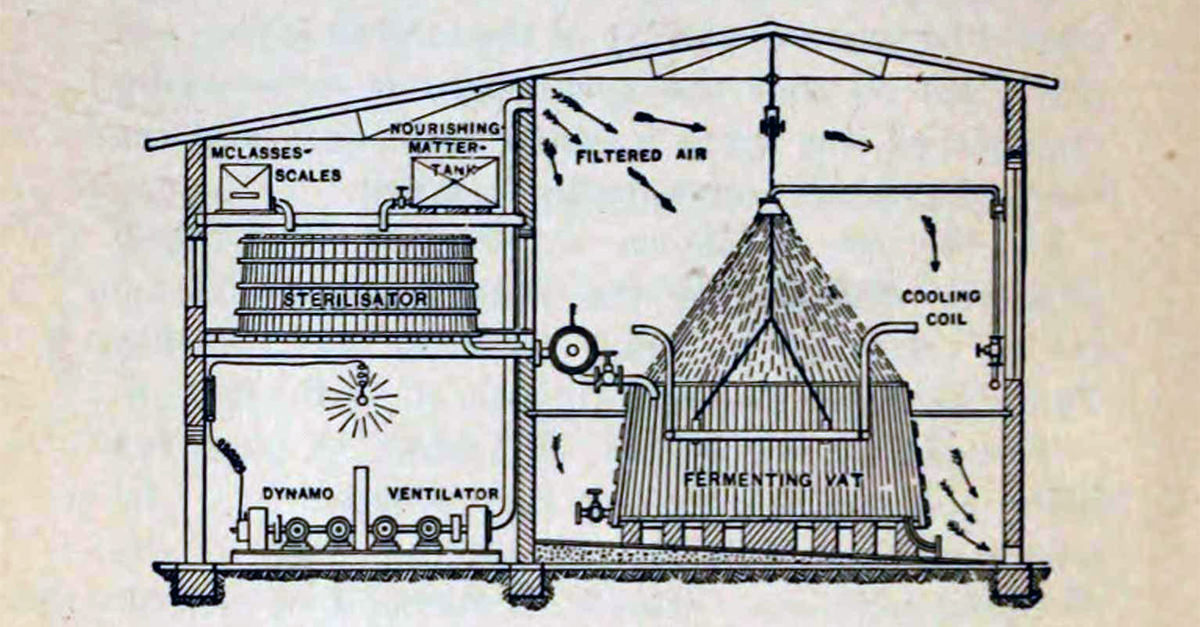Abu Musa Jabir ibn Hayyan. Maria the Jewess. Aeneas Coffey. Just a few (very important) names in the history of distilling. The next time you take a shot of tequila, sip a fine single malt, or even order some kind of Mudslide, you might wanna pour some out on the curb for them. Sure, you’re buying the round, but they made it happen.
Unlike wine and beer, which are historically connected to early advances like the cultivation of crops (grapes and barley), spirits require a very specific second step after fermentation: distilling. See, fermentation can happen by accident—wild yeast could easily stumble upon some rotted fruit and ferment the sugars into alcohol. But distilling requires very specific intentions, which is why we only got to distilling through alchemy—yes, that thing where scientists try to turn lead into gold.
Alchemy was actually a complex discipline, not just the “gold digger” of early science. A kind of mystical precursor to modern chemical engineering, alchemy was preoccupied with understanding the nature of substances—unlocking their inner secrets as a means to understanding the universe, the elements of nature, and life itself. The fact that we got booze from it is just a solid bonus.
Not that alchemy “invented” booze as we know it. There had been prior evidence of crudely distilled alcoholic beverages, liquors made from things like rice and mare’s milk in Asia as far back as 800 B.C. A far cry from Grey Goose, but evidence of a knowledge of distilling that found its way to Ancient Greece and continued into the first century A.D. Writings in the 4th century A.D. also attribute the development of the tribikos—or three-armed pot still—to “Maria the Jewess,” the first documented Western alchemist. (Whether she actually invented it is unclear.) But it wasn’t until the 8th century A.D. that Arabic alchemist Abu Musa Jabir ibn Hayyan designed the alembic pot still, a contraption that allowed for the effective distillation of alcohol.
Not that Jabir (corrupted into “Geber”) was interested in recreational alcohol, even when he discovered a clear, flammable vapor from the distillation of wine. A forefather of modern chemistry, Jabir was driven by science. Even when fellow alchemist Muhammed ibn Zakaryia Razi began refining the practice of distilling alcohol specifically in the 9th century, the goals still had little to do with recreation—distilled alcohol was used primarily for ritual or medicine. In fact, the first documented use of distilled alcohol comes from a 12th century Italian medical school—not a bar.
Of course, the modern existence of “Happy Hour” tells us that alcohol distillation did eventually become recreational. It just took a while. The first published book on the subject, The Virtuous Art of Distilling by Hieronymus Brunschwig (1500), treats distilled alcohol like medicine; but by 1618, a proto-travelogue called The Penniless Pilgrimage (PDF) mentions recreationally drinking “aqua vitae” (an early, euphemistic nickname for booze). Distilling had finally found its audience.
And it kept finding its audience, spreading in the 17th and well into the 18th century with trade, exploration, and colonization. And as the practice spread, it evolved. Medieval alchemist Avicenna had already devised a coiled cooling tube that made pot distilling more efficient, which left later innovators the problem of the larger inefficiency of the pot still: it had to be cleaned after each use. (By this time, distilled alcohol was highly recreational, so producing it quickly had become a priority.) Between the work of Robert Stein and Aeneas Coffey, a Scotsman and an Irishman respectively, we got the “column,” or continuous still, in the early 19th century. As the name suggests, it allows for virtually constant distillation and lower costs. Add a dash of rabid industrialization and large-scale commercial distilling was born.
Not that modern distilling is Absolut-ly just big business (get it?). Like beer—which started small, got macro-commercialized, and went micro again—spirits have enjoyed a recent “craft distilling” renaissance, with smaller-scale production bringing a slew of new products to the market.
Whatever you’re drinking, though, it’s a nice idea to pour a little bit out on the curb for alchemy.
